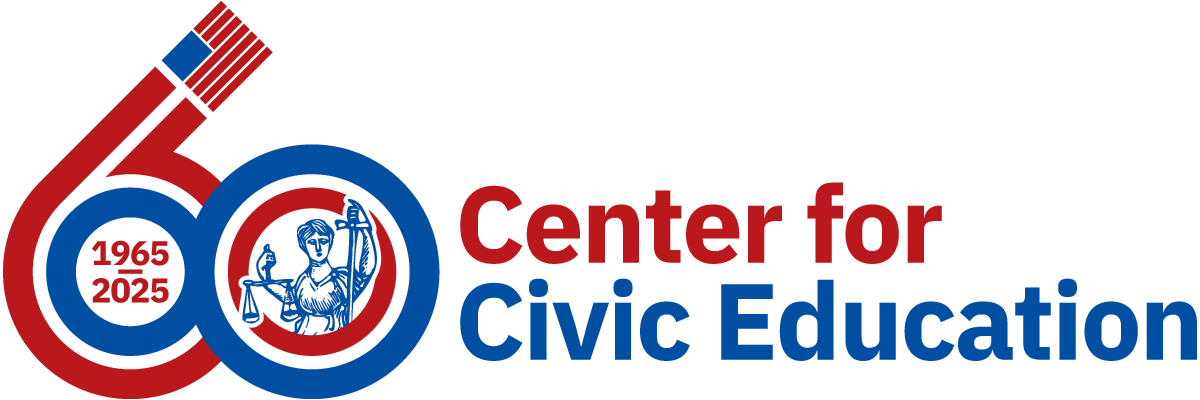|
POLITICAL PARTIES DISCOURSE MODULE |
|||
|
TIMEFRAME |
(3-4 days - 50 minute sessions) |
||
|
PODCAST AND VIDEO ALIGNMENT |
AMERICAN LEGACY TEXT/ ADDITIONAL TEXTS |
||
|
Political Parties and Conservatism in American History 60-Second Civics
|
Primary Sources:
Instructional Materials
|
||
|
INQUIRY QUESTION |
|||
|
Should we be worried about political parties and factions today?
|
|||
|
LESSON OBJECTIVE |
VOCABULARY |
||
|
Participants will learn about the constitutional underpinnings of Federalist #10 and how they relate to political parties today, to engage in a civil discourse model to expand their perspectives on the value, purpose, and impact of political parties today.
|
|
||
|
FACILITATOR BACKGROUND |
|||
Federalist #10, written by James Madison, is an important document that talks about the dangers of factions in a democratic society. A faction is a group of people who have similar interests and come together to promote their own interests, sometimes at the expense of the common good. Madison argued that factions are inevitable in a free society because people have different opinions and beliefs.
Madison explains that there are two ways to deal with factions. The first way is to get rid of liberty, which means taking away people's freedom to express their opinions. However, this would go against the principles of democracy and individual rights. The second way is to control the effects of factions. Madison suggests that in a large and diverse country like the United States, factions can be controlled by having a system where many different factions exist. This way, no single faction can become too powerful and dominate others. In this civil discourse module, explore the evolution of political parties from our founding to today including the role of conservatism throughout history. Facilitators can choose to focus on one or more periods of history or use the podcasts and Beyond the legacy video to provide an overview. Additional Resources Federalist 10 (Full Text) |
|||
|
ASSESS & AUTHENTICALLY ENGAGE |
|||
|
Students demonstrate their understanding of political parties and factions by making real world connections between the context surrounding Federalist #10 and that of the present-day United States and the role of political parties today.
|
|||
About
 This site is brought to you by the Center for Civic Education. The Center's mission is to promote an enlightened and responsible citizenry committed to democratic principles and actively engaged in the practice of democracy. The Center has reached more than 30 million students and their teachers since 1965. Learn more.
This site is brought to you by the Center for Civic Education. The Center's mission is to promote an enlightened and responsible citizenry committed to democratic principles and actively engaged in the practice of democracy. The Center has reached more than 30 million students and their teachers since 1965. Learn more.
Center for Civic Education
5115 Douglas Fir Road, Suite J
Calabasas, CA 91302
Phone: (818) 591-9321
Email: web@civiced.org
Media Inquiries: cce@civiced.org
Website: www.civiced.org




